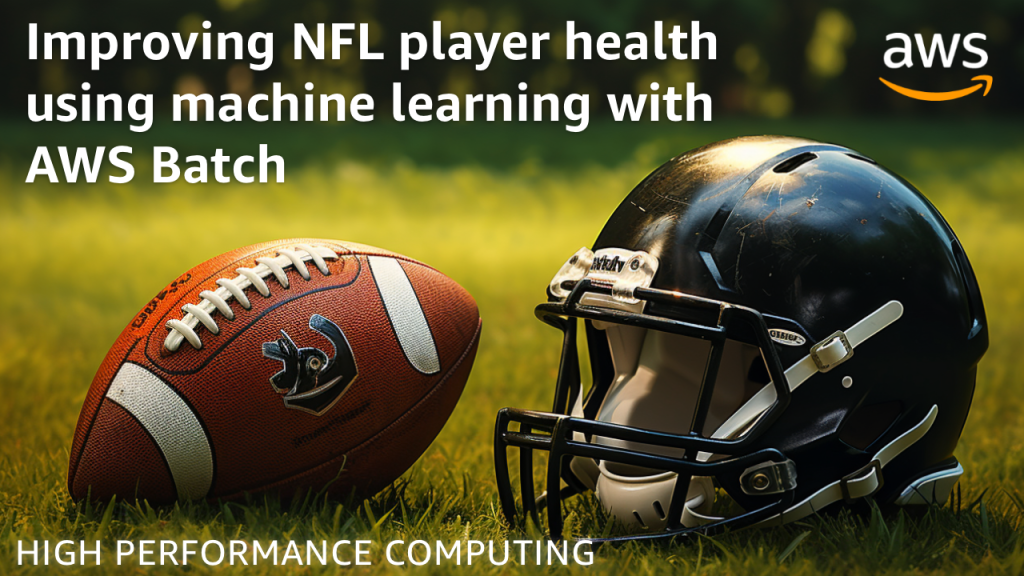AWS HPC Blog
Category: Compute
Bursting your HPC applications to AWS is now easier with Amazon File Cache and AWS ParallelCluster
Today we’re announcing the integration between Amazon File Cache and AWS ParallelCluster – super important for hybrid scenarios. We’ll show you how it works and how to deploy it.
The plumbing: best-practice infrastructure to facilitate HPC on AWS
If you want to build enterprise-grade HPC on AWS, what’s the best path to get started? Should you create a new AWS account and build from scratch? In this post we’ll walk you through the best practices for getting setup cleanly from the start.
Deep-dive into Hpc7a, the newest AMD-powered member of the HPC instance family
Today we discuss the performance results we saw from the new hpc7a instance, running HPC workloads like CFD, molecular dynamics, and weather prediction codes.
How computer vision is enabling a circular economy
In this post, we show how Reezocar uses computer vision to change the way they detect damage and price used vehicles for re-sale in secondary markets. This reduces landfill and helps achieve the goals of the circular economy.
Automate scheduling of jobs on AWS Batch and AWS Fargate with Amazon EventBridge
In this post we’ll show how to use AWS Batch, AWS Fargate and Amazon Event Bridge to create a job scheduling solution for containers that’s fully managed, serverless, and event-driven.
Improving NFL player health using machine learning with AWS Batch
In this post we’ll show you how the NFL used AWS to scale their ML workloads and produce the first comprehensive dataset of helmet impacts across multiple NFL seasons. They were able to reduce manual labor by 90% and the results beats human labelers in accuracy by 12%!
Diving Deeper into Fair-Share Scheduling in AWS Batch
Today we dive into details of AWS Batch fair share policies and show how they affect job placement. You’ll see the result of different share policies, and hear about practical use cases where you can benefit from fair share job queues in Batch.
Call for participation: RADIUSS Tutorial Series 2023
Lawrence Livermore National Laboratory (LLNL) and AWS are again joining forces to provide a training opportunity for emerging HPC tools and application. In this post you’ll find out the details of those tutorials, and find out how to participate.
Automate your clusters by creating self-documenting HPC with AWS ParallelCluster
Today we’re going to show you how you can automate cluster deployment and create self-documenting infrastructure at the same time, which leads to more repeatable results that are easier to manage (and replicate).
Running protein structure prediction at scale using a web interface for researchers
Today, we’ll show you our open-source sample implementation of a web frontend and cloud HPC backend to support researchers using AI tools like AlphaFold for drug discovery and design.









